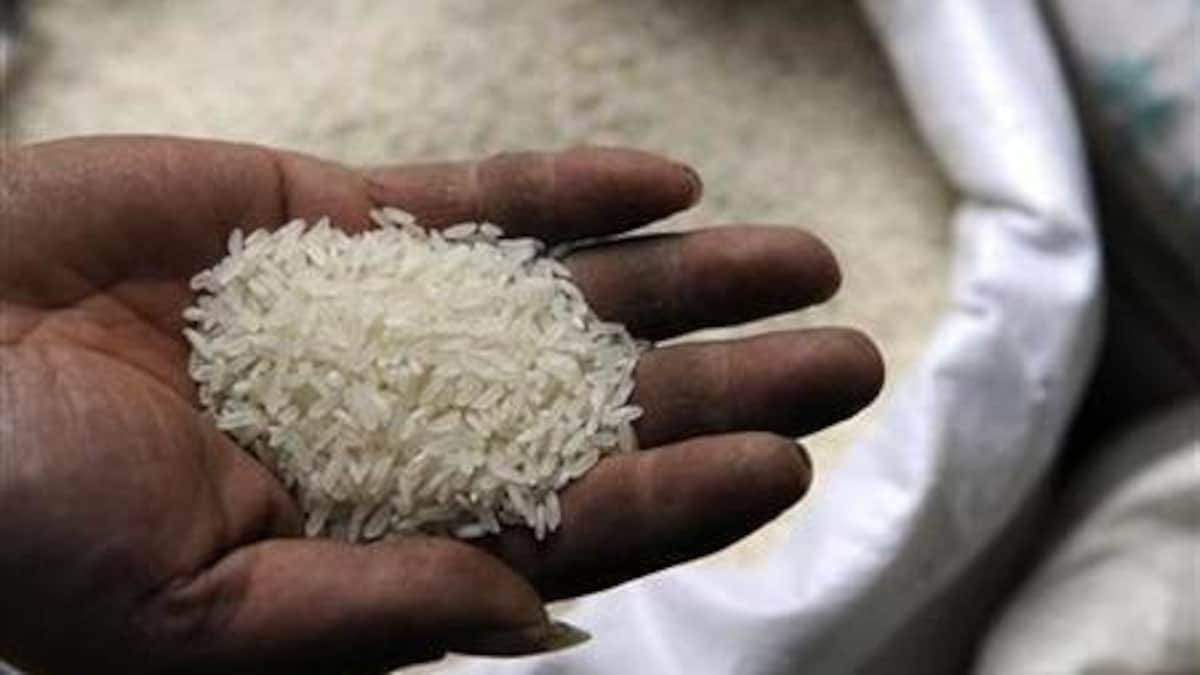
Despite concerns about the impact of weather-related problems on paddy cultivation in Asia this year, rice-importing countries are staunchly opposing any price increases. According to exporters, while domestic rice prices have risen, the global market is declining. "International buyers are looking for lower-cost rice." Rates have been reduced by 5-10%. This is primarily due to a decrease in freight charges, which have softened. "Prices are high in the domestic market," said VR Vidya Sagar, Director of Bulk Logix.
"A few days ago, our 5% parboiled rice prices increased to $385 per tonne, resulting in no buyer showing up." "Prices have dropped to $365 now," said BV Krishna Rao, President of The Rice Exporters Association (TREA). "Rice purchases have slowed. We are receiving high-quality inquiries, but they are not being converted into business. "There is some skepticism about higher prices," said M Madhan Prakash, President of the Agri Commodities Exporters Association (ACEA).
According to the Thailand Exporters Association, Indian 5% parboiled rice is currently quoted at $358-362 f.o.b., while Pakistani rice is quoted at $408-412. Thailand is selling 100% sortexed parboiled rice for $445 per tonne FOB. Even in white rice, India offers the grain at a competitive $343-347 per tonne f.o.b. for 5% broken, while Pakistan quotes $358-362. Vietnam is offering $393-397 and Thailand is offering $439.
Sona Masuri white rice harvested in December 2021 in South India is quoted at Rs 4,000-100 per quintal, according to trade sources. Old stocks of rice are priced at Rs 4,450-500, while RNR white rice harvested in December of last year is priced at Rs 4,000-150 and older stock is priced at Rs 4,800-900. JSR white rice costs Rs 5,800-6,000 in Telangana, while HMT costs Rs 5,300-400.
The national weighted average modal price (the rate at which most trades take place) of rice is currently Rs 3,103 per quintal, up from Rs 2,983 on July 1. One of the reasons for the price increase is that paddy sowing is down 13% from last year during the current Kharif season. As a result, India risks losing at least 10 million tonnes (mt) of rice production as a result of this.
The country produced a record 129.66 million tonnes (mt) of rice during the previous crop year (July 2021-June 2022), with 111.04 coming from Kharif production. The Kharif season accounts for roughly 80% of total rice output. According to the US Department of Agriculture, India will likely produce 128.5 million tonnes of rice this crop year, with exports, including Basmati rice, estimated at 21.75 million tonnes, up from 21.38 million tonnes the previous crop year.
According to the Agricultural and Processed Food Products Export Development Authority (APEDA), non-basmati rice exports were 17.26 million tonnes last fiscal year, up from 13.08 million tonnes the previous year. The issue for India is that this year's Aush and Boro crops in Bangladesh have been harmed by both dry weather and floods. According to the USDA, Dhaka will likely import 6.5 lakh tonnes of rice this year.
"Bangladesh is buying more right now," said Sagar of Bulk Logix. To encourage more rice imports, the Sheikh Hasina Wazed government has reduced import duties to 25% and is allowing private firms to ship the grain freely. Bangladesh's rice imports are the primary cause of the country's rising foodgrain prices. According to trade sources, the neighbouring country obtains premium rice from states as far away as Karnataka.
Dry weather and low rainfall have hampered paddy sowing in parts of Myanmar, mirroring the situation in eastern India. All of this is putting downward pressure on the market, but buyers are resisting. "Ethiopia, Djibouti, and the Ivory Coast are resisting price increases." "Pakistan and Thailand are being considered as alternatives," Sagar said.
The weather's impact on foodgrain production comes as the Food and Agricultural Organization (FAO) price index fell for the fifth month in a row in July, to 140.9, after peaking in March at 159.7. The cereals index fell to 147.3 in July from 170.1 in March.
According to the FAO, inconsistent demand from Asia and African buyers, as well as currency depreciation against the US dollar, weighed on market sentiments across Asia. Experts have warned, however, that any increase in foodgrain prices could be sharp, as they have dropped sharply in recent weeks, even as inventories have decreased.
(Inputs from Business Line)
















